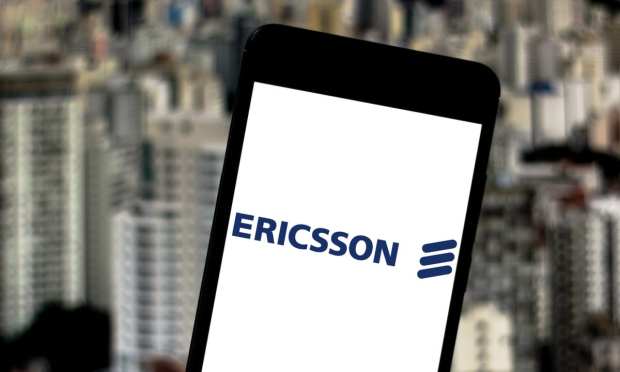Ericsson Says 5G Uptake Is Accelerating; COVID Highlights Need For Connectivity

Swedish telecom equipment giant Ericsson said on Monday (Nov. 30) that the growth and uptake of 5G cellular technology is happening faster than expected, as device makers and service providers around the world accelerate their efforts to get better connectivity into consumers’ hands. As a result, Ericsson has raised its 2020 full-year forecast for 5G subscriptions by about 15 percent to 220 million units, citing a rapid embrace in China of the new tech as well as the impacts of the global pandemic.
“2020 will probably also be known as the year when society as a whole took a giant leap forward in our digitalization journey,” said Fredrik Jejdling, Ericsson’s executive vice president and head of business area networks in the report.
As much as countries have taken different approaches to combat the virus, Jejdling said the entire world has been left with “irreversible changes in the ways we live and work” – and that has only underscored our reliance on high-speed digital communication and commerce.
“The fundamental need for good connectivity is a cornerstone for this change,” Jejdling said. “5G is no longer just a novelty.”
The First Billion Is the Toughest
By the end of the year, Ericsson predicts that 15 percent of the world’s population, or more than 1 billion people, will live in areas that have 5G cellular coverage, meaning that about 20 percent of consumers who can access 5G actually do so. However, by 2026, Ericsson said the 5G subscription number is now expected to exceed 3.5 billion users, accounting for about a 40 percent market share.
In the near term, Ericsson said that intense competition between Chinese service providers, as well as the availability of cheaper devices and a “national strategic focus” on the next-generation cell service, have given the Asian nation an early jump on 5G uptake. Even so, Ericsson said that it expects the U.S. will catch up and overtake China in the race to roll out high-speed mobile technology, forecasting that North America will account for 80 percent of global 5G subscriptions by 2026.
The Migration
Ericsson also points out that 5G’s rise will not mark the immediate death of the existing system, and notes that 4G or LTE will remain a dominant mobile technology for years to come.
To that point, Ericsson said 4G is projected to peak at 4.8 billion subscribers next year, and will then gradually decline over the next five years to 3.9 billion users as new subscribers migrate to 5G.
Ericsson also pointed out that the pace of 5G uptake is happening more quickly than the rollout of 4G when it launched in 2009, due in part to China’s increased clout in global telecom metrics, as well as the near-ubiquity of modern broadband smartphones.
The Global Battle
Whether it’s providing the gear that supports a 5G network, selling the actual 5G service itself, or manufacturing and marketing the latest souped-up devices that run on it, the battle for global 5G market share will only intensify in the months and years to come.
As it stands now, on the equipment front, Ericsson is the second-largest telecom equipment provider in the world, competing directly against third-ranked Nokia and China’s top-ranked Huawei in markets around the world – except in the U.S. and U.K., where the sale of the Chinese company’s gear and devices is currently blocked by the government for national security reasons.
On the service and device front, most U.S. consumers have likely already noticed the start of an advertising bombardment from every major player in the market with offers to upgrade to 5G. But with the average individual cell phone bill now topping $110 per month or nearly $1400 a year – with family plans typically costing three to four times as much – 5G pricing will undoubtedly play a major role in how quickly Americans move to trade up.
